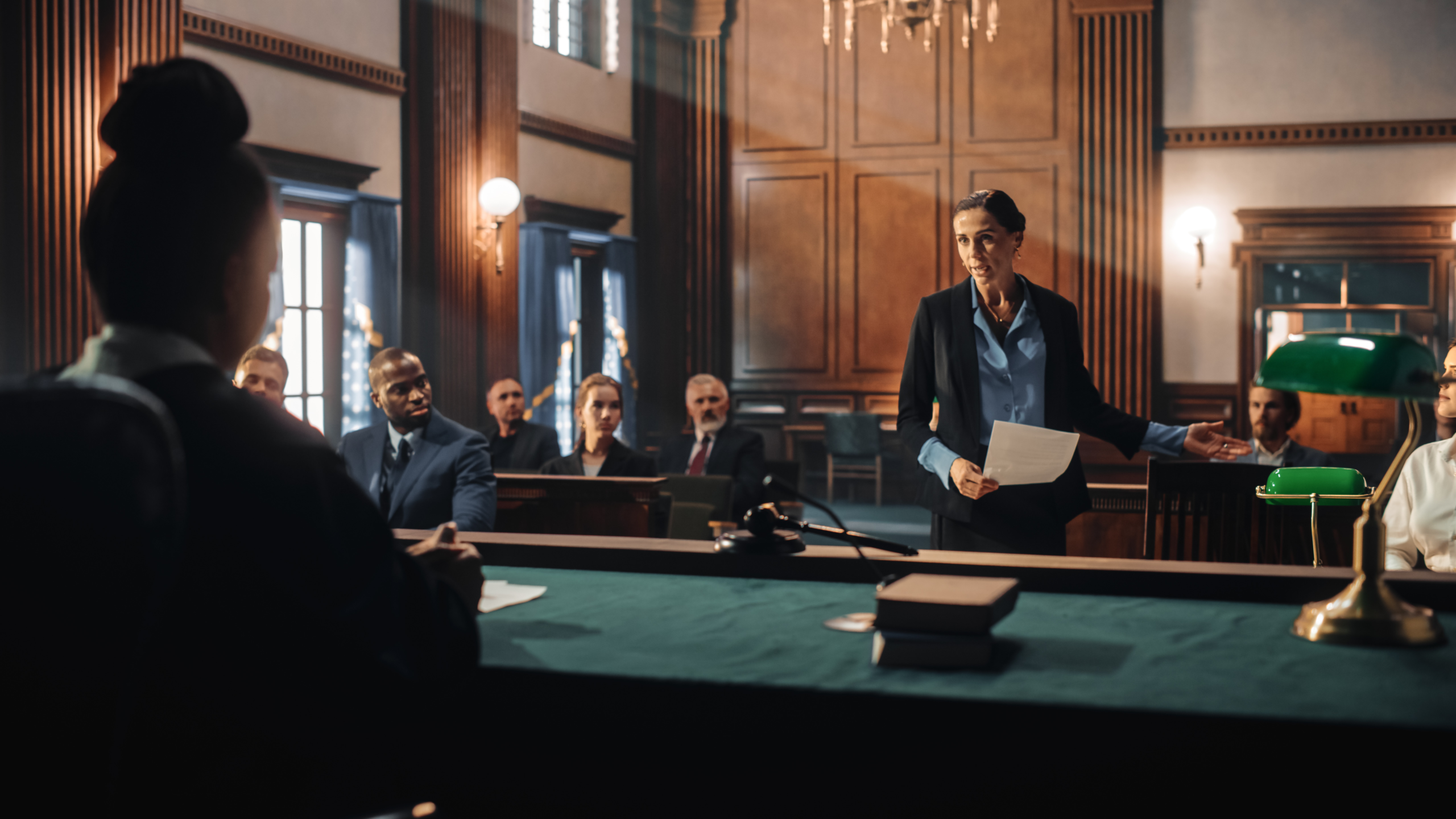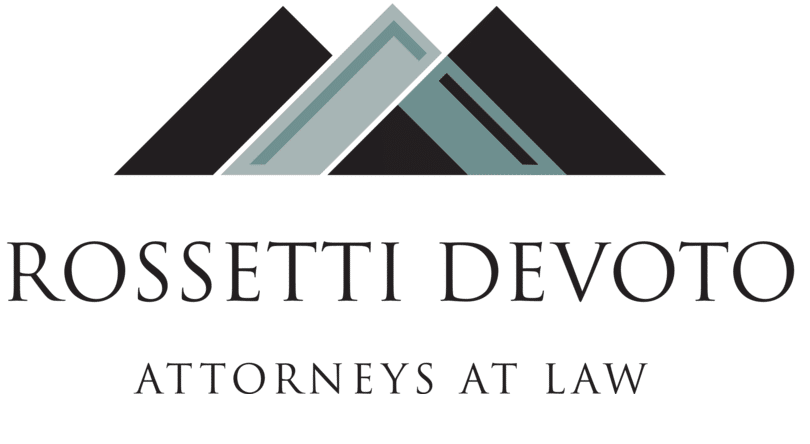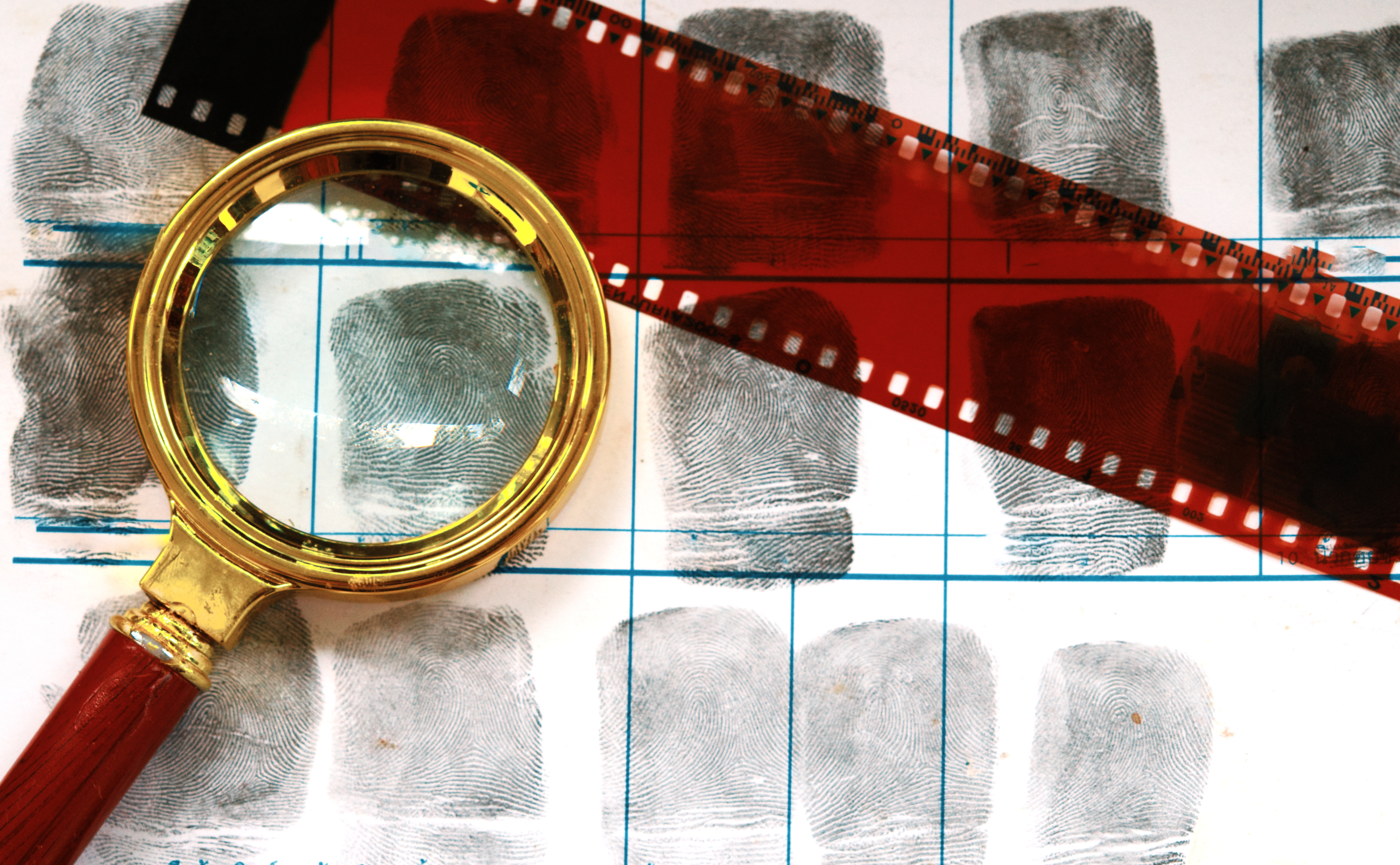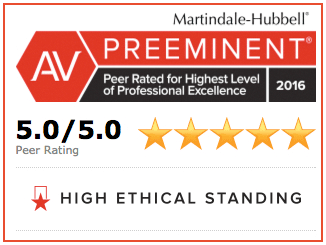Navigating the Legal Maze: How Is Demonstrative Evidence Authenticated in New Jersey Courts?

Embarking on the legal journey within the courtrooms of New Jersey inevitably involves a critical and nuanced task—authenticating demonstrative evidence. This process, central to the seamless operation of legal proceedings, goes beyond the mere presentation of facts; it intricately weaves visual and conceptual elements into the fabric of the trial.
In this exploration, we delve into the intricate world of New Jersey courts, uncovering the meticulous steps taken to authenticate demonstrative evidence. From the delicate balance between real and demonstrative evidence to the strategic use of visual aids, this article illuminates the profound impact and essential role of demonstrative evidence in shaping the narrative of justice.
👉Also Read: What Is Demonstrative Evidence
Demonstrative Evidence in New Jersey Courts
In New Jersey, evidence presented before trial must adhere to the state’s Rules of Evidence. Acceptable forms include visual exhibits, relevant evidence supporting or refuting case statements, witness testimony complementing demonstrative exhibits, oral testimony from those present during incidents (with expert testimony carrying more weight), illustrative evidence from experts, cumulative evidence confirming other demonstrative articles and scientific tests enhancing the reliability of evidence, particularly in medical malpractice cases.
Demonstrative evidence is a type of evidence used to illustrate or explain other evidence presented in a trial. It differs from physical evidence in that it is not an actual part of the case but rather a representation or model of what allegedly happened.
This evidence plays a crucial role in helping witnesses and juries understand complex facts or scenarios. The distinction between demonstrative and physical evidence lies in their origin and purpose: while physical evidence is directly involved in the case, demonstrative evidence presentations are created specifically for the trial to provide clearer insights.
Real and Demonstrative Evidence
Real evidence, integral to any legal proceeding, encompasses the tangible objects or materials directly connected to the case. These items might include anything from physical objects found at a crime scene to documents and electronic records. Demonstrative evidence, on the other hand, comprises visual aids like models, diagrams, and animations designed to elucidate or supplement the understanding of real evidence.
The interplay between these two types of evidence is crucial; real evidence grounds the case in tangible facts, while demonstrative evidence provides a visual or conceptual bridge to aid jurors in comprehending complex scenarios or technical details. Tools like charts, graphs, or reenactments, drawn from the essence of real evidence, play a pivotal role in clarifying and contextualizing these facts, thereby enhancing the jury’s grasp of the case’s intricacies.
Establishing Authentication in New Jersey Court
In New Jersey courts, the trial court plays a vital role in determining whether the demonstrative evidence has a proper foundation for admissibility. This involves ensuring that the evidence is relevant and that its probative value outweighs any potential for prejudice.
Challenges from opposing counsel often arise, questioning the accuracy or relevance of the evidence. To effectively connect physical objects with demonstrative evidence, lawyers may use expert witness testimony, providing a scientific or technical rationale for the evidence’s authenticity.
Demonstrative Evidence in Specific Cases
Demonstrative evidence is particularly pivotal in personal injury cases, where its strategic use can profoundly impact jury perceptions and decisions. These cases often involve complex incidents or injuries that may be challenging for a jury to visualize or understand without aid. Utilizing forensic animations or detailed diagrams, lawyers can effectively recreate the scenario, making the abstract or technical aspects of the case more tangible and comprehensible.
During opening statements, these visual tools can be instrumental in setting the narrative tone, providing jurors with a clear, concise visual representation of the events in question. The careful selection and presentation of such evidence can significantly sway jury understanding of witness testimony, often tipping the scales towards a more favorable outcome for the presenting party.
Authentication Process
Authenticating demonstrative evidence involves meticulous attention to detail, ensuring that it accurately represents the actual events or objects in question. For instance, when using a crime scene reconstruction as demonstrative evidence, it is essential that it closely mirrors the real crime scene.
Similarly, the authentication of surveillance footage connecting physical evidence requires a verification of its source and continuity. In cases involving blood samples or other physical evidence, lawyers play a pivotal role in establishing a chain of custody and confirming the evidence’s integrity.
Demonstrative Evidence as a Powerful Tool
With advancements in technology, tools like computer animations and legal graphics have become increasingly prominent in courtrooms. These tools not only assist in the trial exhibits and laying the foundation of a case but also prove crucial during cross-examinations, helping to either corroborate or challenge presented facts. The strategic use of these tools can greatly enhance the persuasiveness of a case.
Benefits and Impact
Demonstrative evidence, when authenticated properly, can closely replicate the actual scene or object used at trial, providing the jury with a tangible and comprehensible representation of the evidence. This often leads to a better understanding of complex or abstract concepts. The use of demonstrative evidence in trials can vary widely, from simple charts to elaborate reconstructions, all serving as powerful tools in effectively presenting a case.
👉Also Read: New Jersey PI Lawyer: Why Your Local Lawyer Beats Out the “National” Lawyer Every Time
Harnessing the Power of Demonstrative Evidence: Our Dedication to Clarity and Impact at Rossetti & DeVoto, P.C.
At Rossetti & DeVoto, P.C., we recognize the importance of visual and conceptual elements within legal proceedings. Our dedication to excellence is evident at every stage, from carefully navigating the interplay between real and demonstrative evidence to strategically employing visual aids that shape the narrative of justice.
Whether you’re confronting a complex personal injury case that demands intricate visualization or seeking assistance in evidence authentication, we are here to lend our support. Connect with us today and allow our experienced team to steer you through your legal journey.










